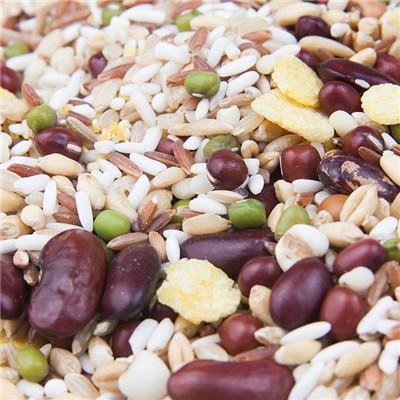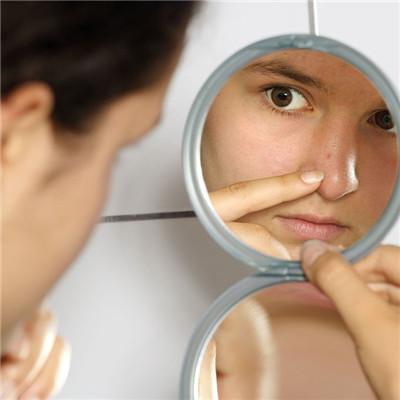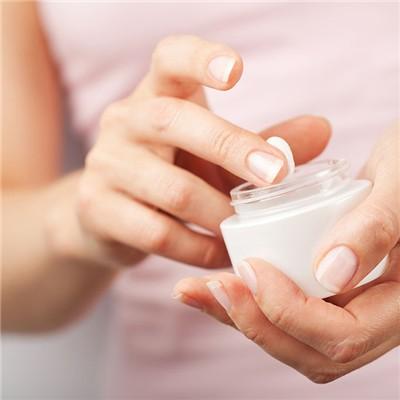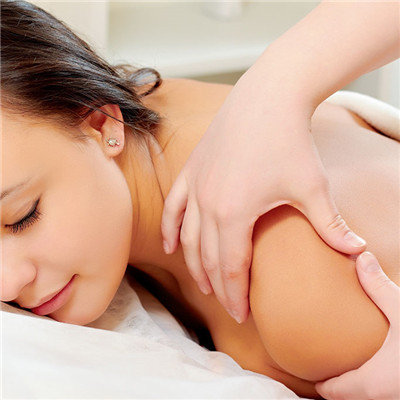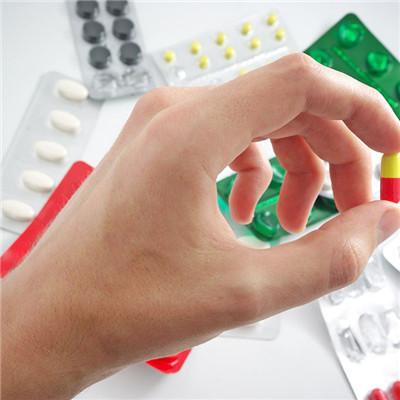Hydrocele symptoms?
summary
Hydrocele of tunica vaginalis refers to the cyst formed by the accumulation of liquid in the tunica vaginalis. Hydrocele can occur at any age. When the hydrocele itself or the testis and epididymis have pathological changes, the secretion and absorption of liquid lose balance, forming hydrocele. If the internal pressure of long-term effusion in the tunica vaginalis increases, it can affect the blood supply and temperature regulation of the testis, and cause atrophy of the affected testis. According to the location of the process, it can be divided into five types: testicular hydrocele, spermatic hydrocele, mixed hydrocele, testicular hydrocele and communicating hydrocele. Hydrocele symptoms? Let's talk about it
Hydrocele symptoms?
1. Testicular hydrocele: there are many hydroceles in the testicular hydrocele, which are oval or spherical, with smooth surface, cystic sensation, no tenderness, unclear touch between testis and epididymis, and positive light transmission test.
2. Hydrocele of spermatic cord: the cystic hydrocele is located in the scrotum, above the testis or in the groin, oval or fusiform, with smooth surface, moving with the spermatic cord, positive light transmission test, below which the testis and epididymis can be touched.
3. Communicating hydrocele: the amount of hydrocele is related to body position. The amount of hydrocele decreases or disappears in supine position, and increases in standing position. The testis and epididymis can be touched, and the light transmission test is positive. If the passage between the sheath process and the abdominal cavity is large, the field tube or greater omentum can enter the sheath process, resulting in indirect inguinal hernia.
matters needing attention
Patients with hydrocele can be treated by surgery, and coleoplasty is the most commonly used in clinic. It is easy to operate and has good surgical effect. Coleoplasty is mainly used for spermatic cord hydrocele, communicating hydrocele, high ligation at the inner ring, cutting off the unclosed sheath process and coleoplasty.
